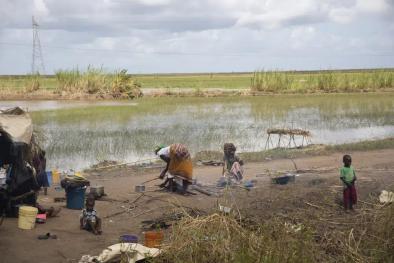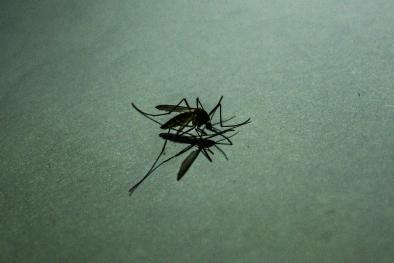As disease-bearing ticks head north, weak government response threatens public health

Maine is home to 15 tick species but only one public-health menace: the blacklegged tick — called the “deer” tick — a carrier of Lyme and other debilitating diseases. For 30 years, an army of deer ticks has advanced from the state’s southwest corner some 350 miles to the Canadian border, infesting towns such as Houlton, Limestone and Presque Isle.
“It’s horrifying,” says Dora Mills, director of the Center for Excellence in Health Innovation at the University of New England in Portland. Mills, 68, says she never saw deer ticks in her native state until 2000.
The ticks have brought a surge of Lyme disease in Maine over two decades, boosting reported cases from 71 in 2000 to 1,487 in 2016 — a 20-fold increase, the latest federal data show. Today, Maine leads the nation in Lyme incidence, topping hot spots like Connecticut, New Jersey and Wisconsin. Deer-tick illnesses such as anaplasmosis and babesiosis — a bacterial infection and a parasitic disease similar to malaria, respectively — are following a similar trajectory.
The explosion of disease correlates with a warming climate in Maine where, over the past three decades, summers generally have grown hotter and longer and winters milder and shorter.
It’s one strand in an ominous tapestry: Across the United States, tick- and mosquito-borne diseases, some potentially lethal, are emerging in places and volumes not previously seen. Climate change almost certainly is to blame, according to a 2016 report by 13 federal agencies that warned of intensifying heat, storms, air pollution and infectious diseases.
Related Content





